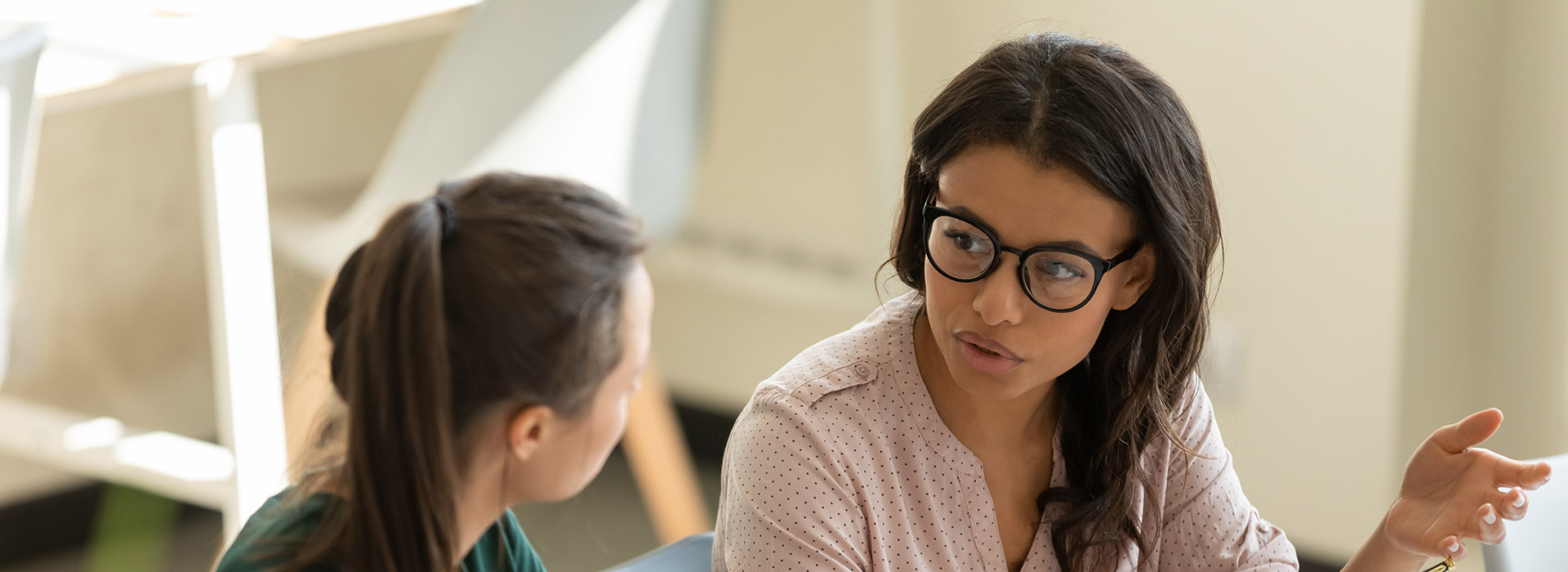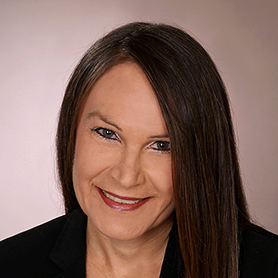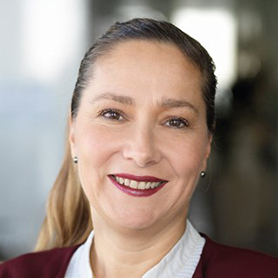Safety Panel Discussion
The European EHS Leadership Conference, devised by Marcus Evans, on 25-26 March 2021. Executive Summary of a panel discussion with Laure Girodet, Vice President, Group Health & Safety & Crisis Management at Suez and Regine Maegerlein, Senior Regional Manager EHS at ZF Group; about 'Women in Safety. Make it Positive, Make it Continuous, Make it Your Own.' moderated by Romy Semler, L&D leader at dss+ Europe.


Regine Maegerlein
Senior Regional Manager EHS at ZF Group

Laure Girodet
Vice President, Group Health & Safety & Crisis Management at Suez
Q.
How can we raise the proportion of female leaders in safety and what are the specific benefits?
Regine: In our organisation, this change began quite some years ago. When you add female HSE professionals to the mix, you can often achieve a quicker culture change. It's a question of getting the right balance of technical skills needed for machine safety, analytics, alongside the ability to deal with people, communication and leadership. You need both men and women to reach the right balance.
Laure: I agree. The increase of women in the network helps to focus more on human and cultural transformation. During COVID-19, in particular, we have seen that women tend to highlight the dangers of mental health and wellbeing. This care orientation was visible in communication and behaviours. We always need diverse profiles in a team!
Q.
If we see health and safety as a core company value, are we giving the wrong message by focusing on lagging indicators such as frequency rates? How else can we measure success?
Laure: I think it's essential to have a mix of lagging and leading indicators. We have found that increasing presence in the field is a good way to monitor a culture change, and we also monitor best practices. Of course, the accident frequency rate is a KPI we also need to monitor. We have a strong focus on mitigating significant risks, so we avoid fatalities, but at the same time, we carry on with cultural transformation.
Regine: I would agree you need to have both lagging and leading indicators. We need indicators that tell us whether accidents numbers are reducing. Then there are leading indicators that can help us measure the power of preventive actions. Just looking at one without the other is no longer sufficient. You need both to give you a more accurate measure of success. You can measure employee engagement in safety programmes or introduce management targets for site safety or coaching. These can be defined as input and output measures. So an input measure would be to set a target for safety coaching per month. An output measure would be to identify an at-risk behaviour and then set a target for reducing those behaviours. It's also good to get employees involved in establishing and hitting targets. These measures then give us the range of indicators we need to measure safety actions plans more accurately.
"When you add female HSE professionals to the mix, you can often achieve a quicker culture change."
Q.
Are we seeing any change in profiles that organisations are looking for in health and safety roles?
Laure: I've got experience in engineering and human resources, which has helped transform culture. So we need to increase the profiles that we have and reinforce some soft skills to influence the culture of an organisation. It's good to have a mix of profiles that can come together with different skills. As Regine said, having a mix of male and female team members is complementary and adding different expertise can offer additional benefits.
Regine: I think, in general, the profile of an HSE professional is moving more towards soft skills rather than technical skills. Technical skills are still needed, but as organisations focus more on cultural transformation, they need safety professionals who have people skills. When I conduct interviews, I generally opt for people I think have the right mindset and soft skills. What is vital is that they have to be passionate about dealing with people. The increasing complexities of the role means having a broad set of skills is an asset.
Laure: Yes, we need a mix of competencies. We still need to have people who are good at dealing with audits or people good at risk mitigation. Then there are more specific skill requirements such as risk mitigation in confined spaces. As Regine said, the role is complex, and the expertise within a health and safety team needs to reflect this complexity.
Q.
What are the most significant health and safety trends we can expect to see in the next five years?
Laure: New technology and digital transformation is a massive topic for health and safety. Tracking sensors improve how we monitor hazards, and data analytics will also help improve our ability to understand and measure health and safety programmes. A further trend is gaining a better equilibrium between health and safety implementations, so monitoring accidents linked to fatigue or how lifestyle factors influence safety in the workplace. Our ability to get the right balance between health indicators and safety indicators will be a future challenge we will increasingly have to deal with.
Regine: I think that there will be many new techniques that will help us improve further. So early warning systems or virtual design tools to help us create safer plants and production systems. This ability to front-load safety into the design before plant or production line construction begins is a key benefit. But we need to use technology intelligently. Human interaction is a significant component of health and safety. We always need to ensure that people are not relying 100% on technology to stay safe, and continually reinforce the right behaviours using technology as a supporting tool and not as a replacement.
"We need to use technology intelligently. Human interaction is a significant component of health and safety."
Laure: Yes, virtual reality for training is a good example. It's a great tool to help revitalise training by making it more memorable through gamification. These new ways of learning will become much more critical in future.
Regine: For many of us, the working environment has become a different experience working from home. You may be on a conference or video call, and you have to answer the doorbell during the meeting, or children appear in front of the screen. This addition of our human side within a professional environment is not a bad thing.